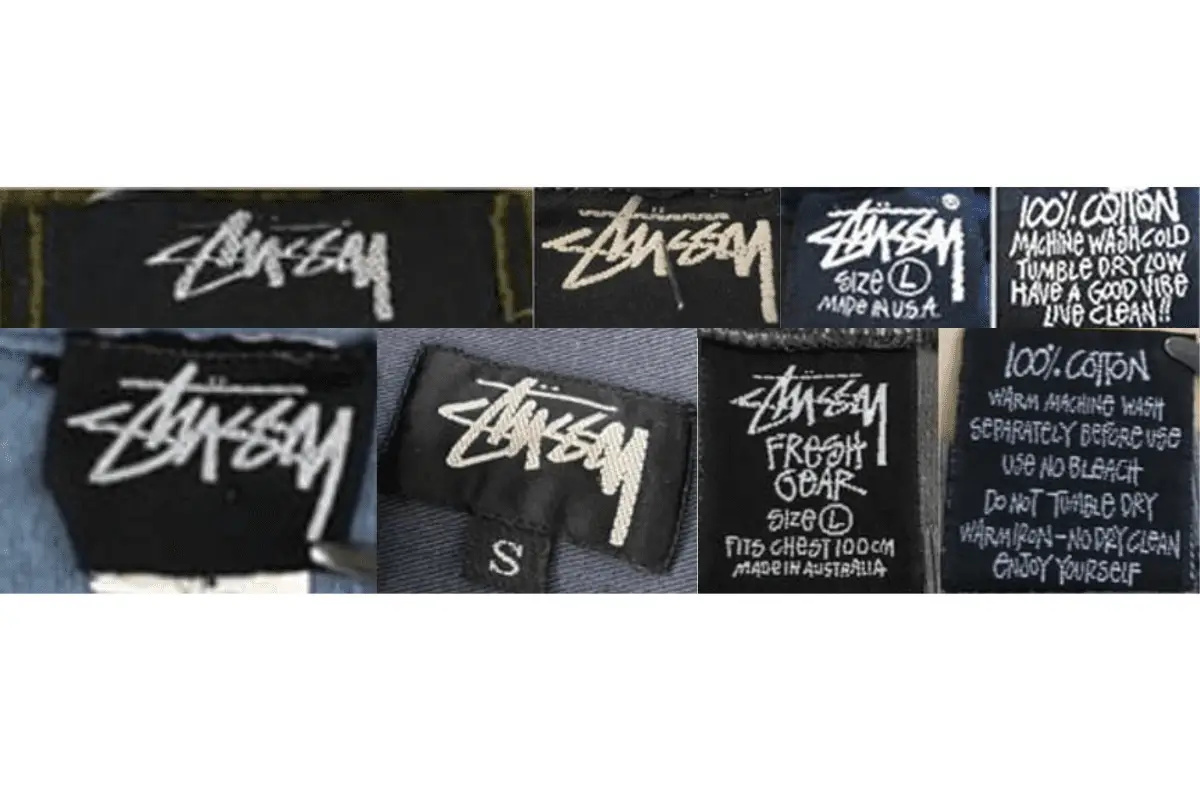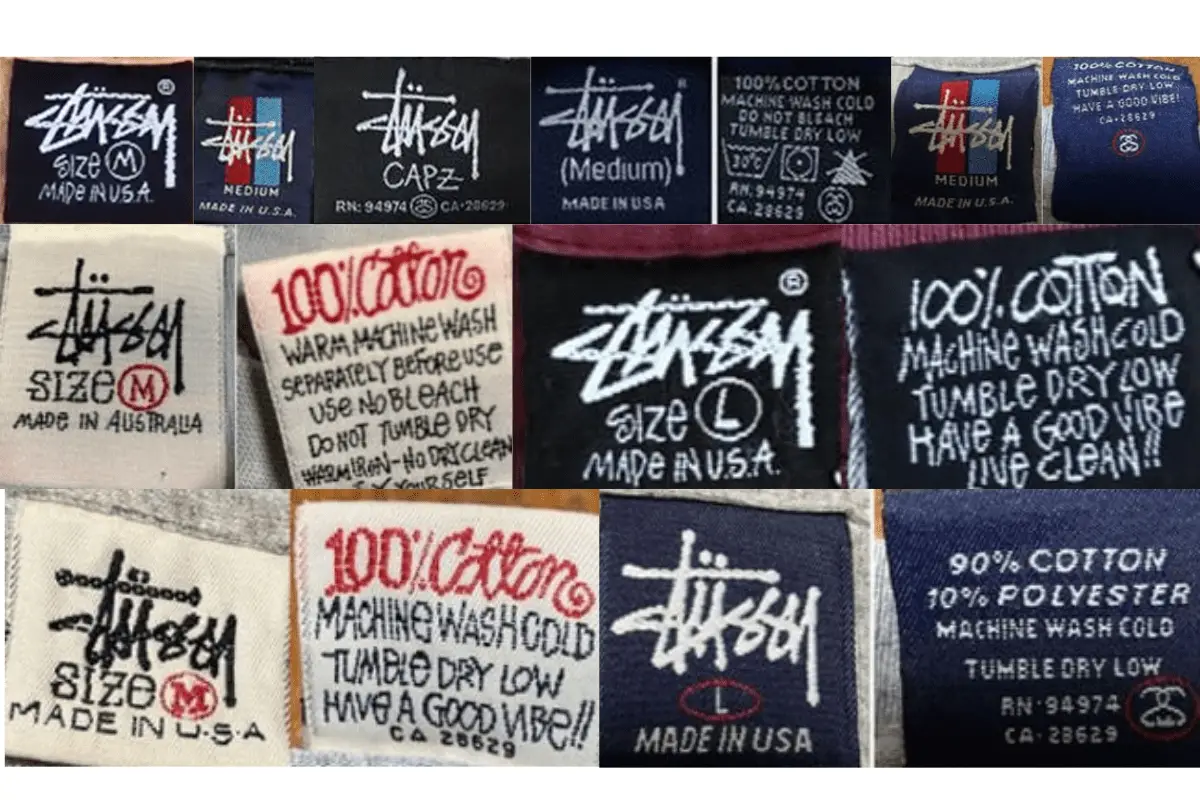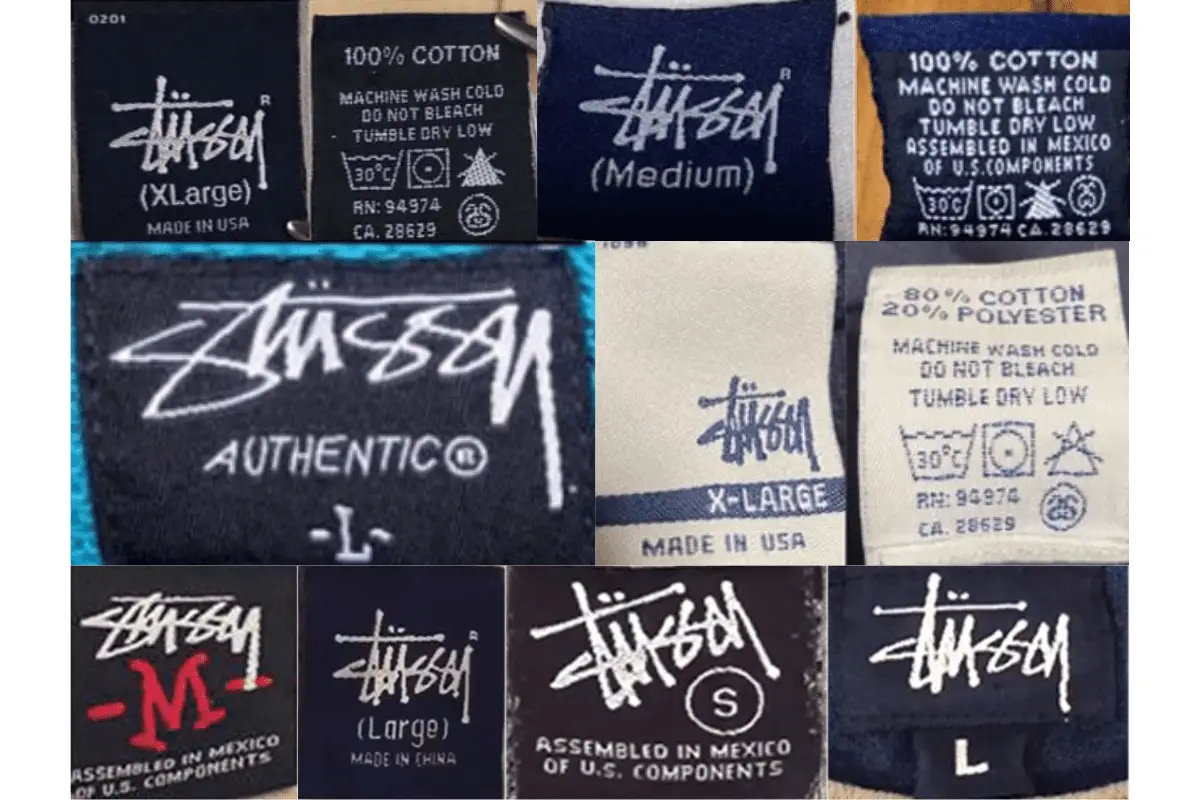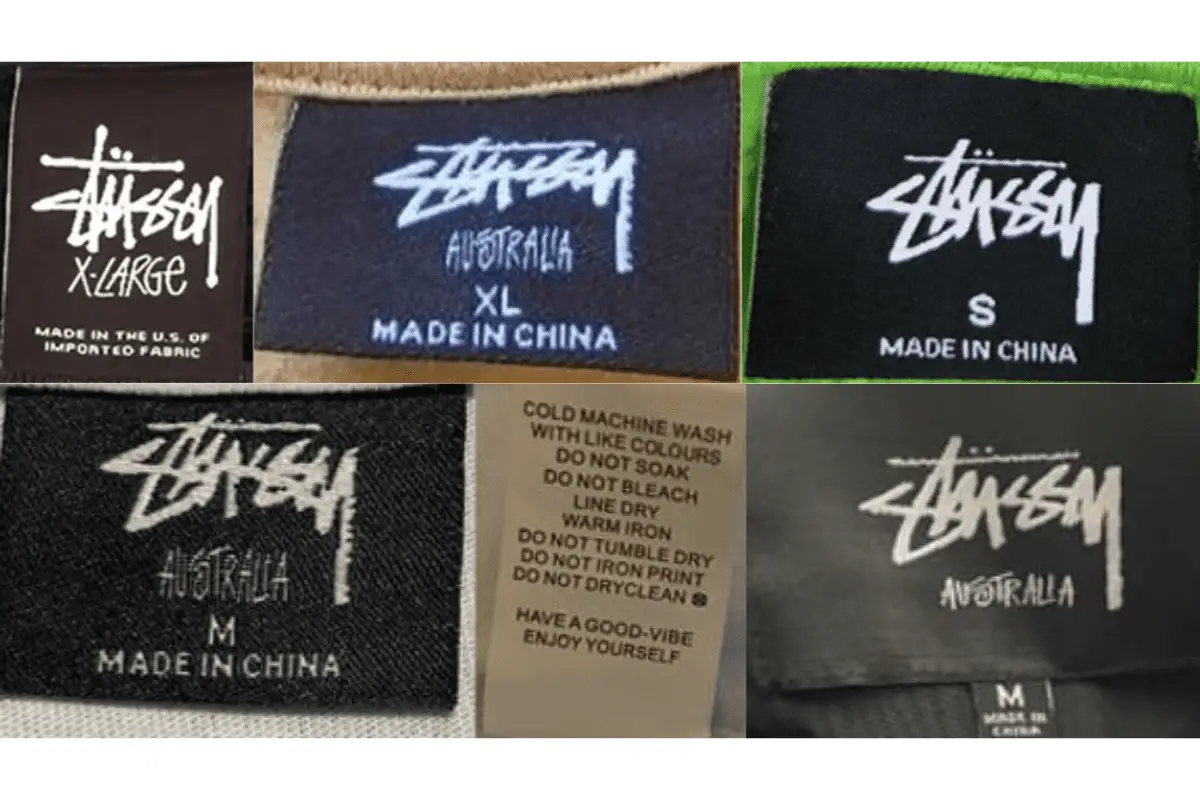Shawn Stussy, the company’s founder and namesake began his entrepreneurial journey shaping surfboards for his friends. To help try and promote his services he would begin to print t-shirts and shorts. The simple script logo and close affiliation with the surfing and skateboarding communities started to create a buzz around the Stussy brand, with Shawn unwittingly being pulled into the fashion industry. In 1984, Shawn Stussy partnered with Frank Sinatra Jr to start the Stussy Inc. The grassroots support gave Stussy strong sales straight out of the gates and they expanded into Europe just 4 years later in 1988. By 1991, the company had a turnover of $17 million which was growing at a rapid pace. The hip hop community soon became patrons of the brand, further cementing its place as a streetwear pioneer. They soon opened a flagship New York store with the help of James Jebbia, the future founder of Supreme.
In 1996, Shawn Stussy would resign as president to spend more time with his family and sell his ownership to partner Frank Sinatra Jr. After this, Stussy refreshed its brand image, creating iconic marketing images with photographer Robbie Jeffers and starting their own skateboard team. Members of this skateboard team would go on to found HUF. Over the last two decades, Stussy has collaborated with a number of different high-end, casual, and sportswear brands, which has helped maintain its relevancy in streetwear circles. One of its most iconic and desirable vintage collaborations is its Stussy x Louis Vuitton collection which included shirts with both logos monogrammed on them. Another highly desirable collaboration is the 2013 Stussy x Bape Ill collection that used a combination of iconic logos and retro designs that sent fans wild. These are just two of a plethora of Stussy collaborations that have proved Stussy’s ability to stay relevant.
Currently annual revenue for Stussy is at just over $50 million, and it has expanded its number of flagship retail stores all over the world. And as you can probably tell, the sheer number of streetwear icons that either started their journey with Stussy or were inspired by them means that Stussy will always be regarded as one of the godfathers of streetwear.
Documentary on 80s Shawn Stussy Intro
How to tell if Stussy is vintage from the logo
The Stussy logo is nearly always an important feature on Stussy clothing, but funnily enough was not particularly complex when it came to designing it for Shawn Stussy. He just simply scrawled his signature on surfboards he made in the early 1980s. Shawn stated that this misleadingly simple scribble actually took influence from punk art and style.
Several licensing deals with global manufacturers that serve different continents have helped Stussy gain a global reach incredibly quickly. This has spread the logo, and the simple scribble has been featured next to Dior’s on a range of products they collaborated on, signifying how much the brand is respected even outside of streetwear. This has caused some reluctancy to change the logo and the company is one of very few to have never done so. Unfortunately for vintage identifications purposes, it is not a very useful tool for determining the era of a Stussy piece.
1984 to now Stussy logo
- The only logo in its history, it is a simple signature of Shawn Stussy’s name
- The text logo has become an emblem in its own right
- This is partly due to its outlandish, graffiti, punk-style design

1984 to now Stussy logo
How to tell if Stussy is vintage from the neck tags
Shawn Stussy inadvertently created a whole new category of clothing that is commonly known as streetwear today. This legacy has meant that vintage Stussy items are hotly desired, with certain tags being lusted for by the millions of fans in the Stussy Tribe. But before comparing your tags with the ones below, here are a few things to bear in mind when trying to determine if your Stussy is vintage.
Firstly, the wash tags were moved in the late 1990s to the waist instead of being on a secondary neck tag next to the main one. This is because wash tags started to include a lot more information, so they needed to be bigger. The second is that if the product was made outside of the USA or Australia, there’s a good chance that it’s a modern Stussy piece, or at least from the late 1990s onwards, when manufacturing outside the US became more common. Thirdly, Stussy t-shirts from before the mid-1990s used single stitch methods. Single stitching, characterized by a single line of thread along the seams, was common in earlier production and is a hallmark of vintage clothing. If your Stussy t-shirt has single stitching instead of the double stitching that became popular later, it’s almost definitely vintage. Additionally, the transition to larger, shiny polyester wash tags with extensive care information started in the late 1990s. If your item has a smaller, less detailed wash tag, it could be an indicator of an earlier production date.
These details collectively help in distinguishing vintage Stussy pieces from newer ones, marking their authenticity and place in streetwear history. And if you’re vintage Stussy T-Shirt is starting to stretch around the neckline, you can fix it easily using our guide on restoring the neckline.
If your tags are hard to read, submit them on our vintage tag identification page. We’ll help you uncover those vintage labels!
1980s vintage Stussy tags
- The first-ever Stussy labels are unsurprisingly rudimentary considering the t-shirts started off as purely promotional for Shawn’s surf shop
- They are black rectangles with only the logo on them
- As the 1980s came to an end, the tags would be updated to a navy color
- And they included a letter size and country of manufacture
- It also added care instructions and composition to an additional tag

1990s vintage Stussy tags
- Many of the tags from the 1990s carried over the design from the late 1980s
- This has led to the letter size being large in the circle being a good sign that Stussy is vintage
- The general structure of the tags was maintained, however, alternate versions with slightly different designs colors were used at the tim
- The tags would become a lot more uniform in their design over this period
- Similarly, to previous iterations, they would simply have the logo, size, and country of manufacture, with any further information on a separate tag
- Stussy also began expanding into new product lines which were reflected on some of the tags

2000s vintage Stussy tags
- The most commonly seen vintage tag was introduced in the 2000s, which featured the logo with the sizing as a big red letter below it
- These items were often made in Mexico using US materials
- A lot of Stussy’s production moved offshore at this time
- Some of the tags started to be completely sewn in and would have sizing tabs attached beneath them

2010s vintage Stussy tags
- The newer tags became a smoother black material
- The only information they include is the size, country of manufacture and occasionally the line of clothing
- These tags can easily be distinguished from vintage tags due to their new feel and appearance when they’re in front of you


Vintage Stussy tags through the years



